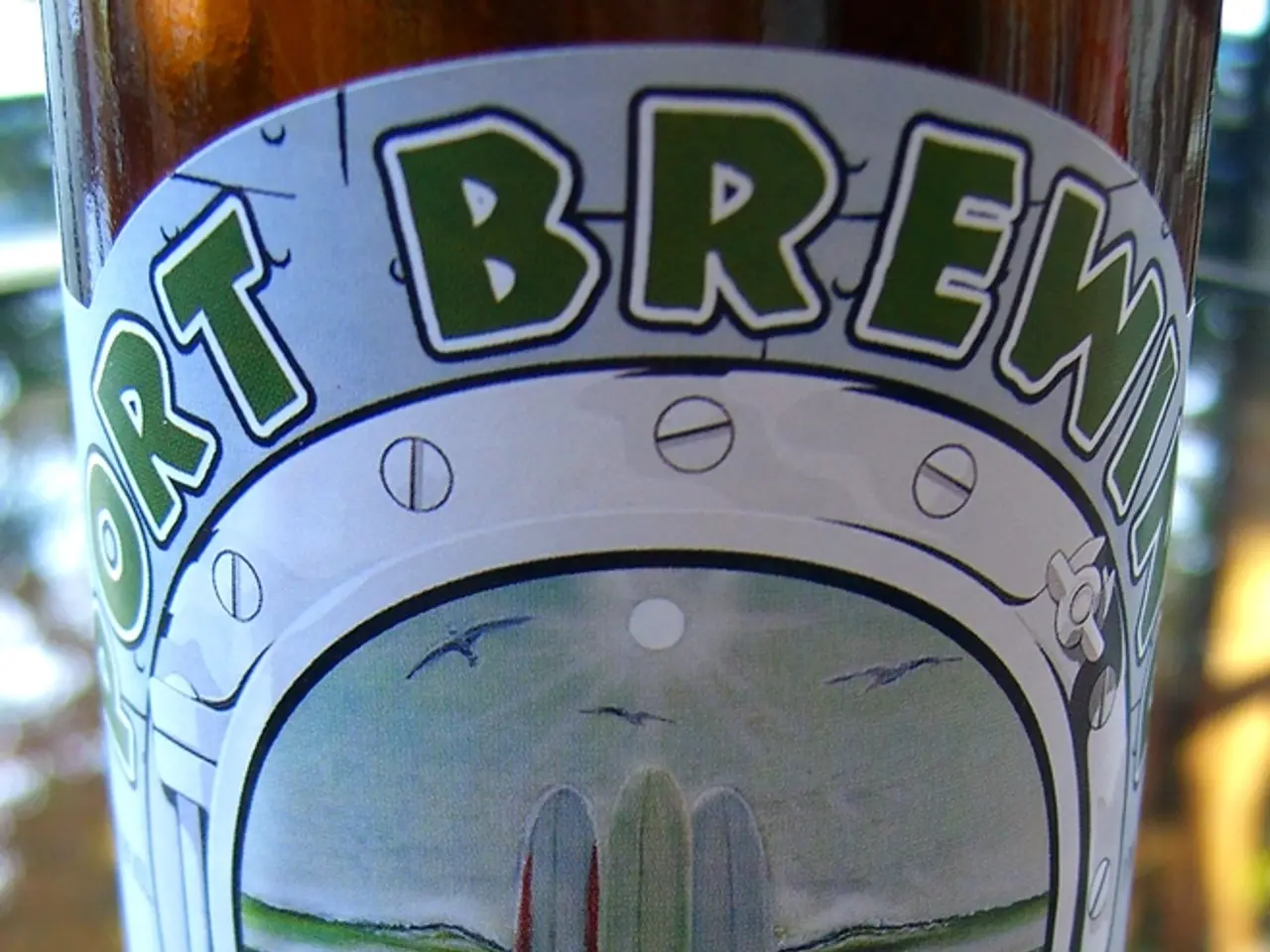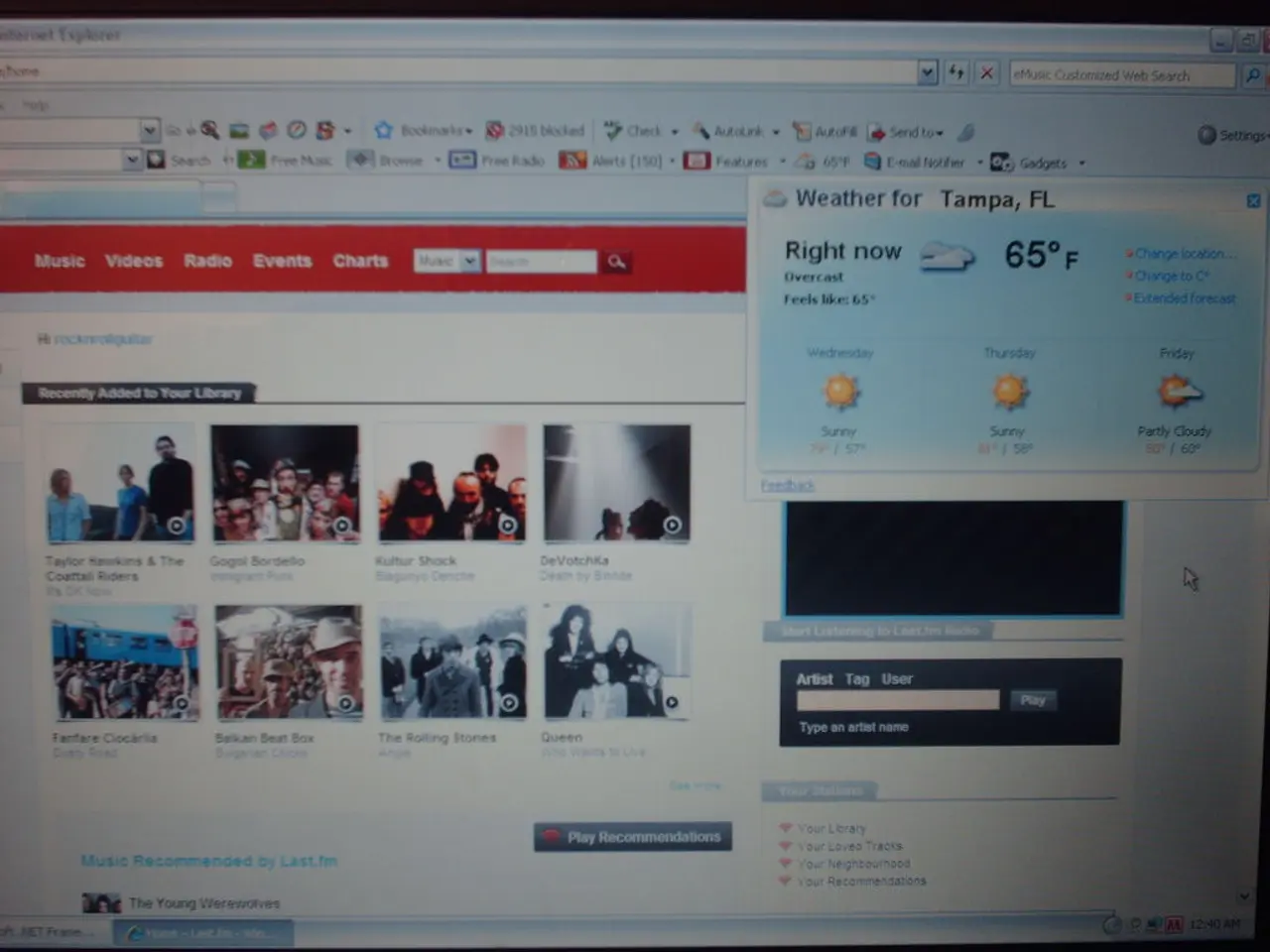Opioid Overdose Symptoms and Methods for Intervention
In the face of an opioid overdose, prompt action is crucial. Here's what you need to know to identify the signs, administer first aid, and seek immediate medical help.
Opioids, a class of drugs used to relieve pain, can be both natural (such as morphine and heroin) and synthetic or semi-synthetic (like fentanyl, methadone, tramadol, oxycodone, codeine, hydrocodone, and buprenorphine).
An overdose occurs when the body is exposed to a toxic amount of opioids, leading to central nervous system and respiratory depression. Signs of an overdose can include shallow breathing, slow breathing or heartbeat, small, constricted pupils, choking, gurgling noises, vomiting, a person's body going limp, skin changing colour, skin feeling cold or clammy, inability to speak or lack of responsiveness, and falling asleep or losing consciousness.
In such a situation, the first step is to call 911 or your local emergency number immediately and monitor the person's breathing until help arrives. If you have naloxone, an opioid antagonist that rapidly reverses the effects of an overdose, administer it according to the instructions provided.
Naloxone works by binding to opioid receptors and blocking their effects, thus reversing respiratory depression. It is safe to use on people of any age, including infants, children, and older adults. It is important to note that naloxone's effects may wear off before the opioids are fully cleared, and additional doses may be needed.
While waiting for emergency services, support the person's breathing by providing rescue breaths or using an Automated External Defibrillator (AED) if necessary. Keep the person awake and in the recovery position if breathing resumes until help arrives.
Naloxone is a prescription drug, but in many states, it is available from a pharmacy without needing a prescription. It can be stored at room temperature, out of the light, and away from the reach of children or pets.
It's essential to remember that anyone can use naloxone to treat someone with an opioid overdose; it can be sprayed into the nose (Narcan) or injected (Evzio). A person usually returns to consciousness 1-3 minutes after a dose of naloxone.
In summary, prompt recognition of opioid overdose signs, timely administration of naloxone, and immediate medical help are vital in managing an opioid overdose. If you suspect an opioid overdose, do not hesitate to call 911 and administer naloxone if available.
- Opioid use can lead to chronic kidney disease, a medical-condition that affects the health-and-wellness of the individual.
- Anxiety and opioid use often go hand-in-hand, making mental-health a significant concern.
- In addition to opioids, other substances such as alcohol may contribute to chronic diseases, including both mental and physical health issues.
- Science and therapies-and-treatments, like naloxone, play a crucial role in addressing the effects of opioid use, particularly in instances of an overdose.
- Proper nutrition is essential for recovery from an opioid overdose and maintaining overall health-and-wellness.
- CBD, a non-psychoactive compound found in cannabis, has shown potential in managing pain without the risk of opioid use or overdose.
- In the throes of chronic diseases, such as chronic kidney disease or mental-health issues, the need for prompt recognition, timely therapies-and-treatments, and ongoing support becomes paramount.




